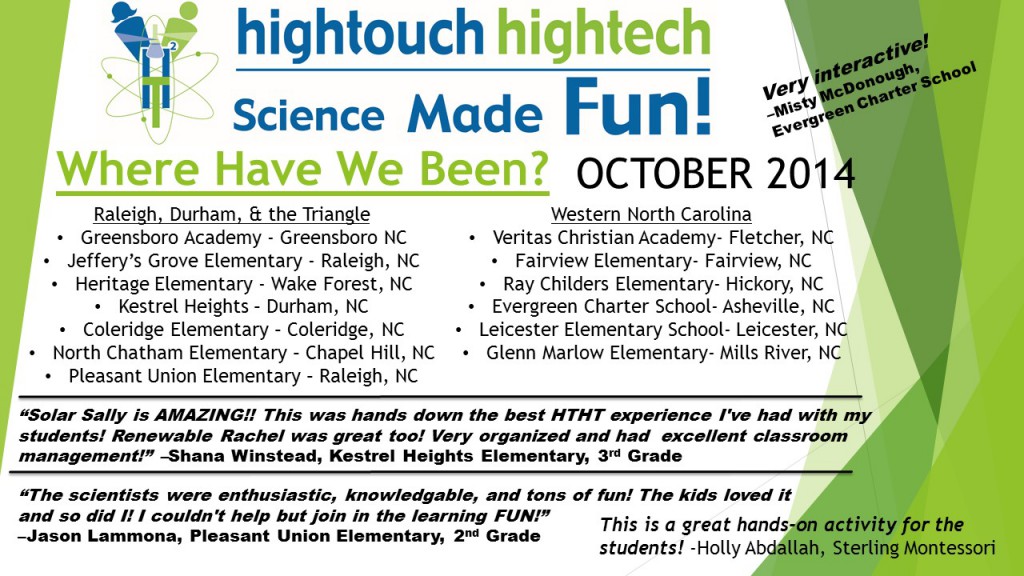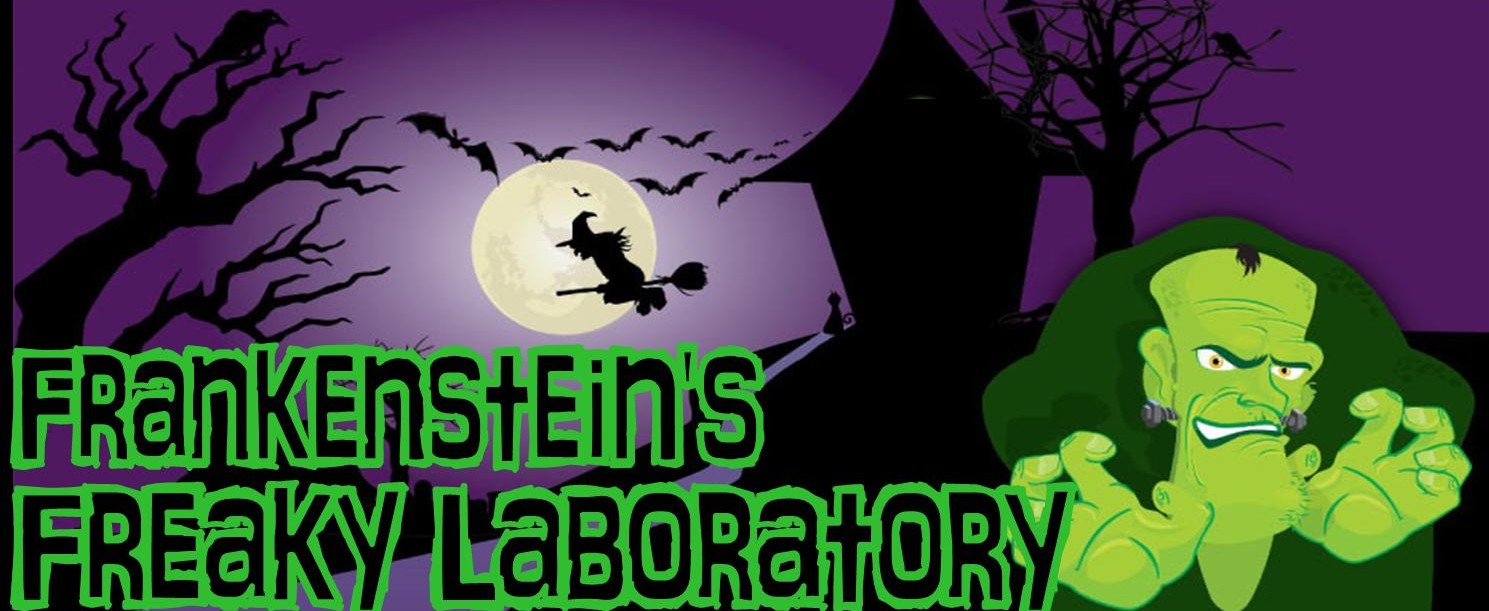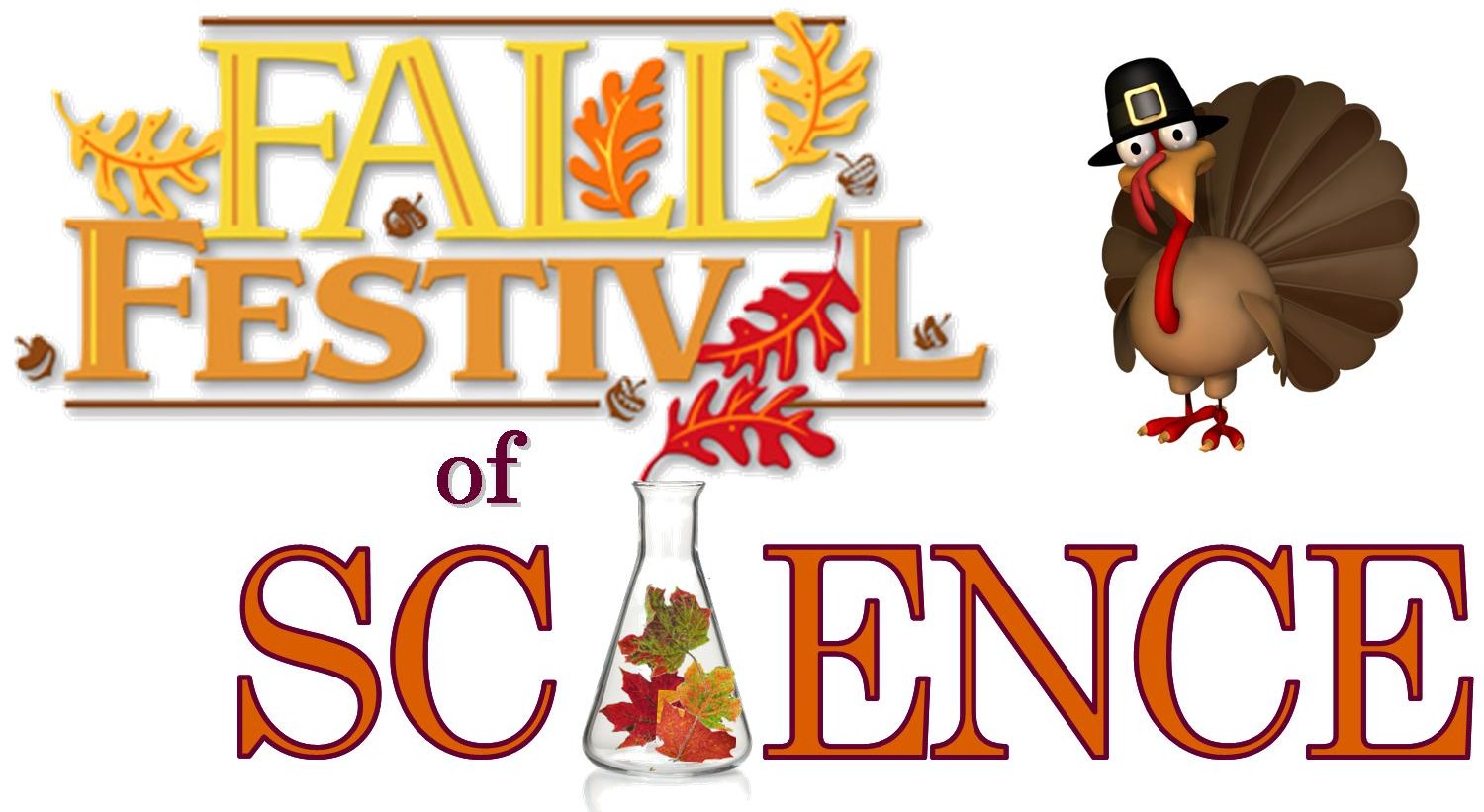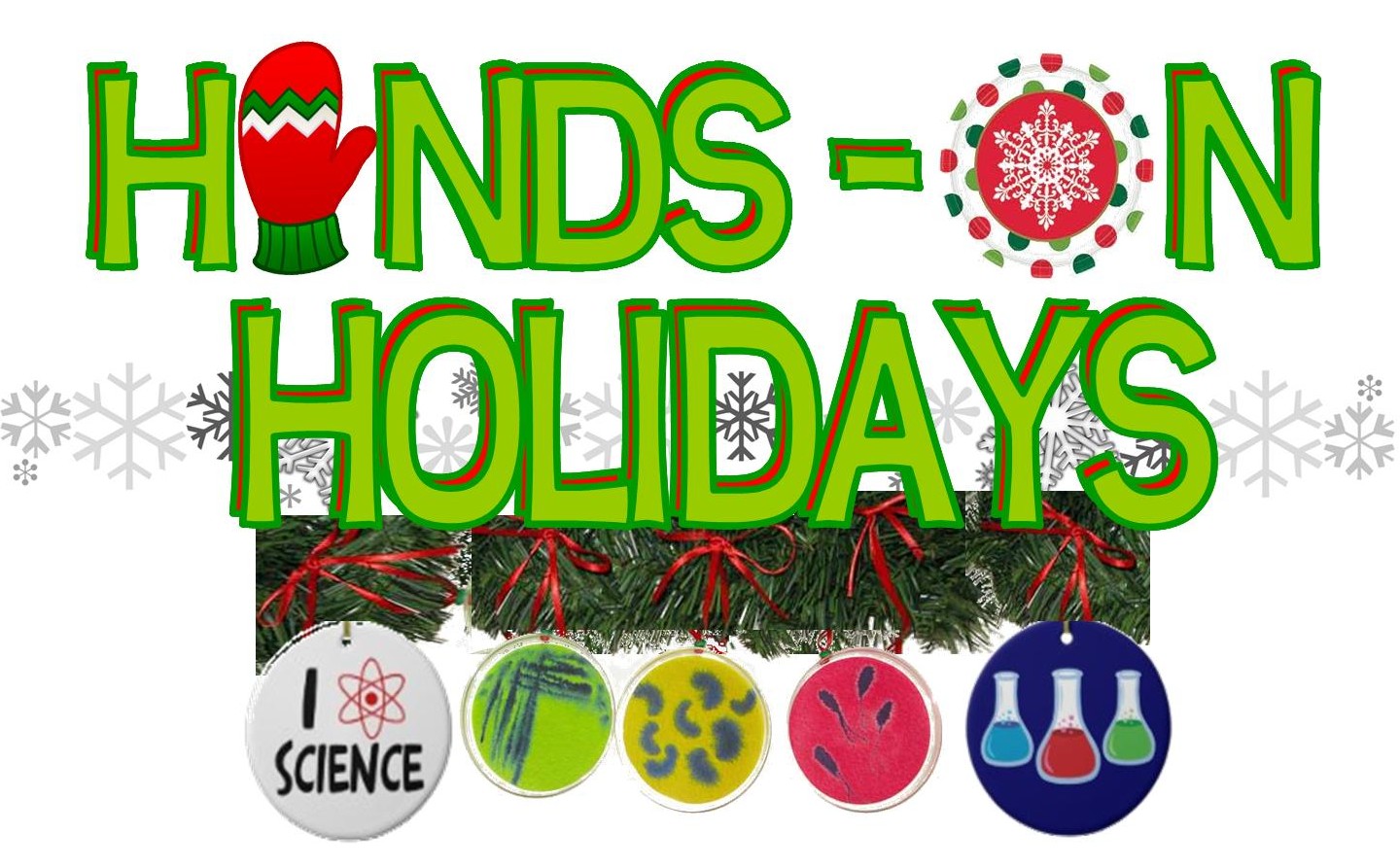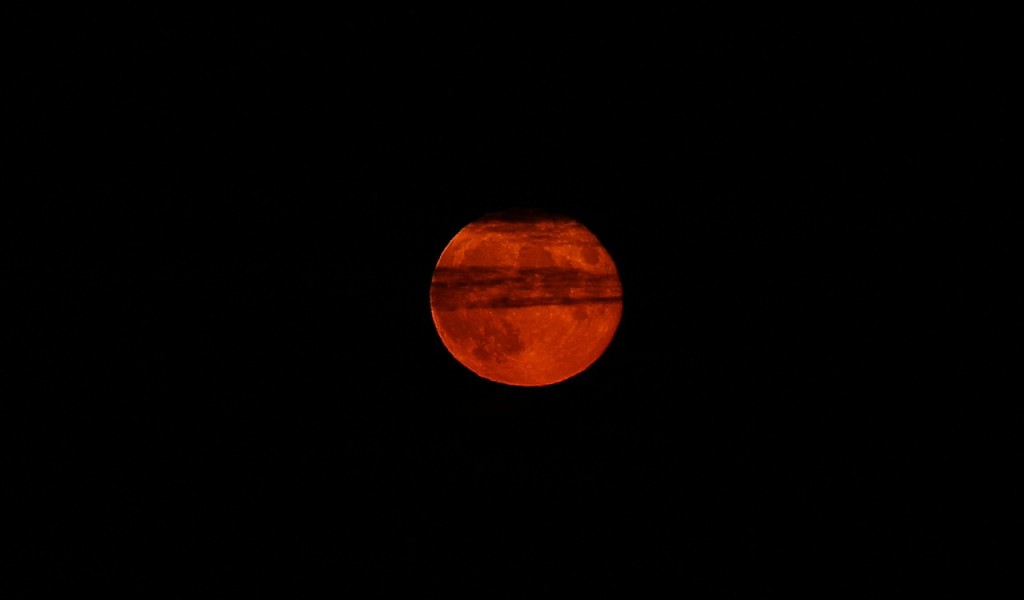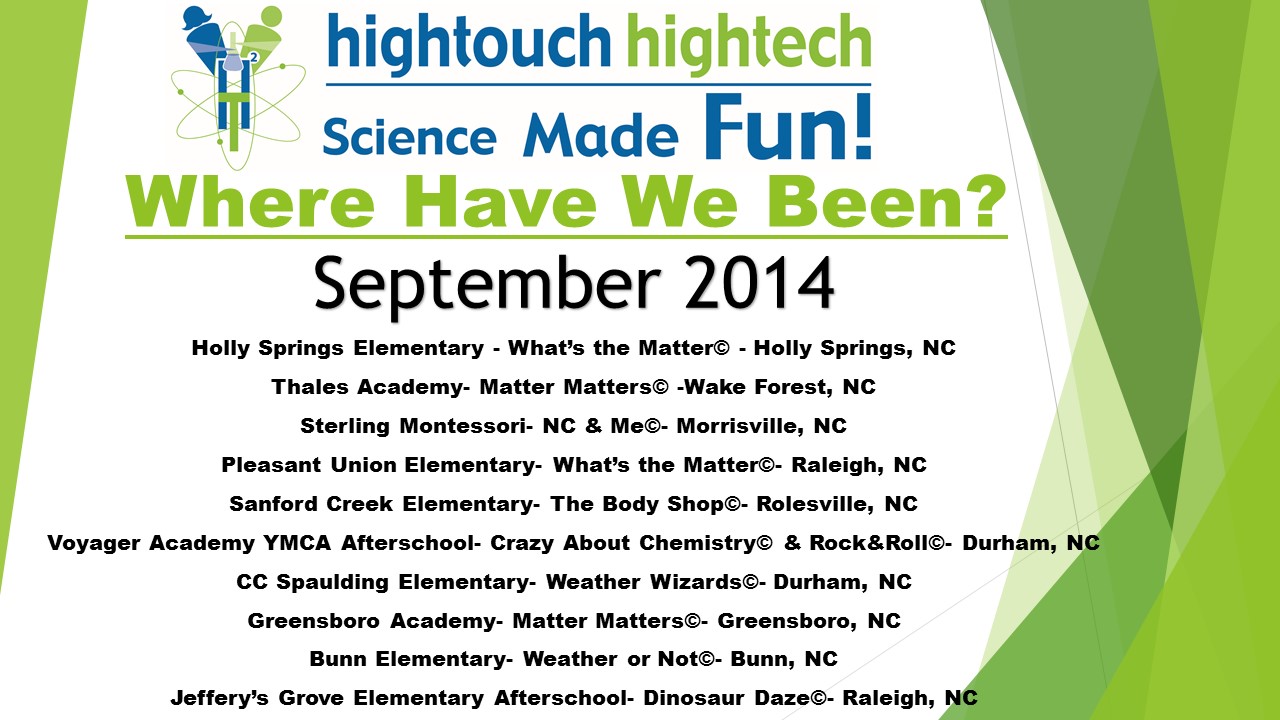As you may already know the end of Daylight Savings Time is up-coming this Sunday, November 1 2014. But what does the ending of DST really mean? Well you may have heard the expression “Spring ahead — Fall back” over the course of your lifetime.
In the Spring, Daylight Savings Time starts, when we set our clocks AHEAD 1 hour. This allows us to get up earlier so that we may enjoy longer amounts of daylight at the end of the day! There are a ton of added benefits to having more daylight in one day including retail stores staying open later, time for sporting events after school, and more time for activities when getting out of work at 5pm.
In Autumn, we “Fall back”. This “Standard Time” is when we set our clocks back 1 hour. It is said that inventor, Benjamin Franklin, is often credited for being the one to first come up with Daylight Savings Time. “He had proposed to economize the use of candles by getting people out of bed earlier in the morning, making use of the natural morning light instead.” (1)
In the U.S., clocks change at 2:00 a.m. local time. In spring, clocks spring forward from 1:59 a.m. to 3:00 a.m.; in fall, clocks fall back from 1:59 a.m. to 1:00 a.m.
“2:00 a.m. was originally chosen as the changeover time because it was practical and minimized disruption. Most people were at home and this was the time when the fewest trains were running. It is late enough to minimally affect bars and restaurants, and it prevents the day from switching to yesterday, which would be confusing. It is early enough that the entire continental U.S. switches by daybreak, and the changeover occurs before most early shift workers and early churchgoers are affected.” (3)

For more information about Daylight Savings Time please visit these resources below.
Resources: (1) http://www.timeanddate.com/time/dst/history.html
(2) http://en.wikipedia.org/wiki/Daylight_saving_time
(3) http://www.webexhibits.org/daylightsaving/b2.html


